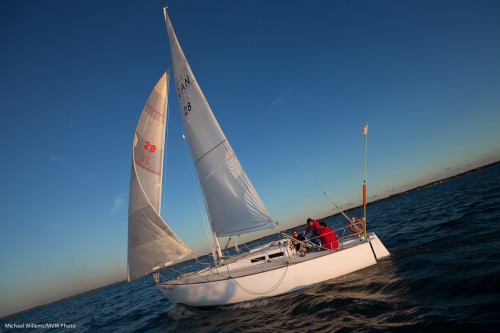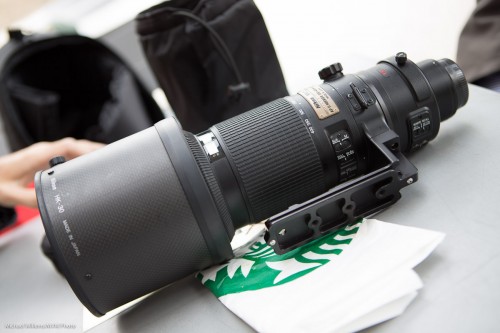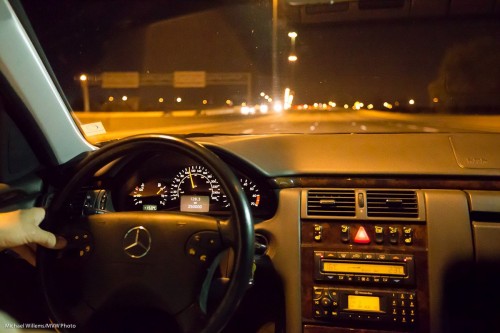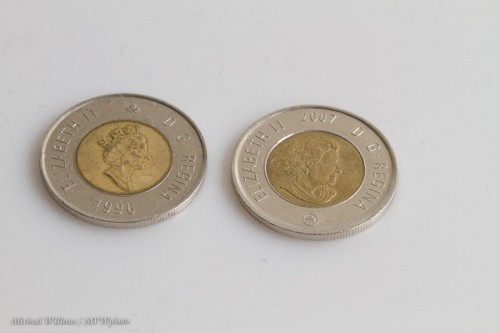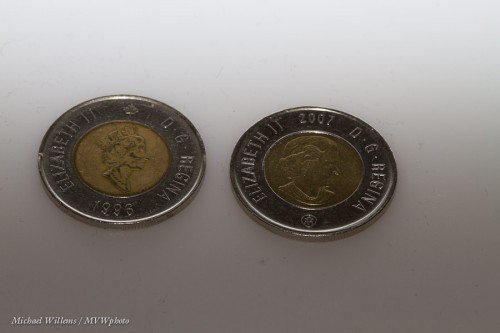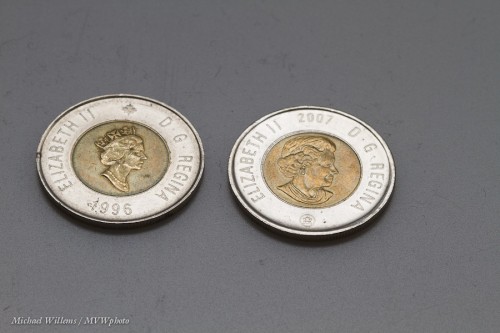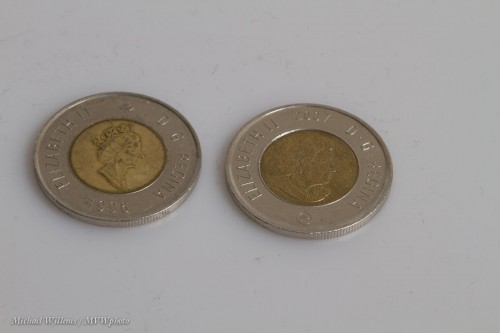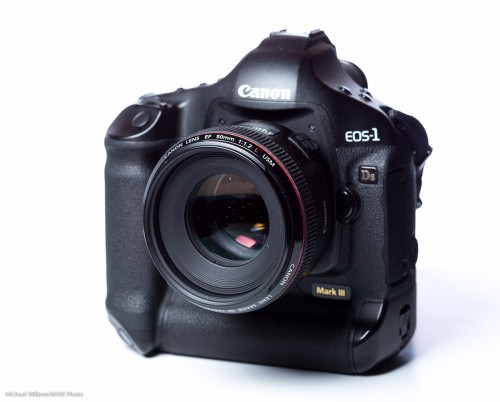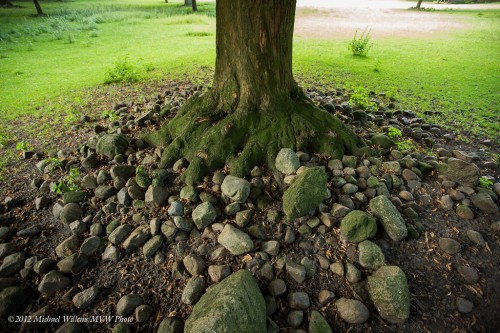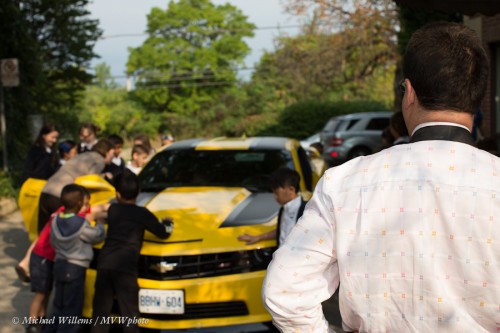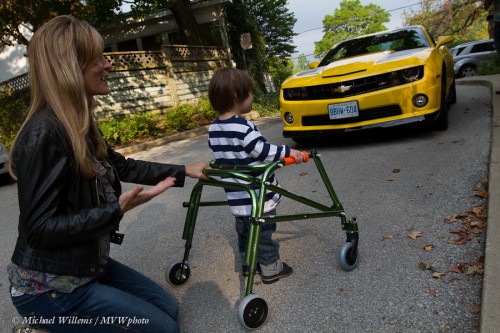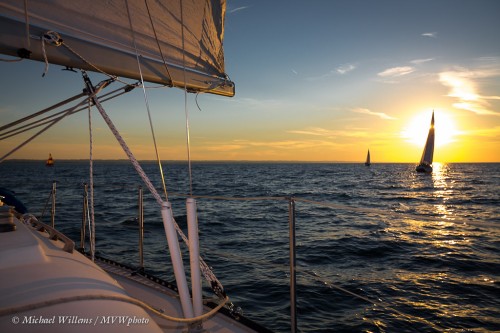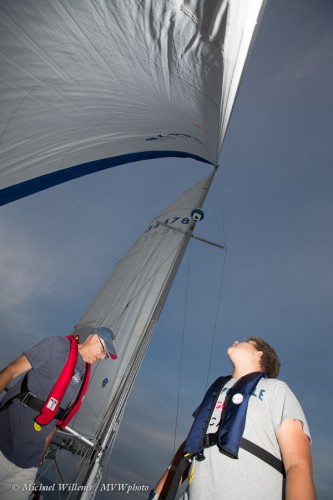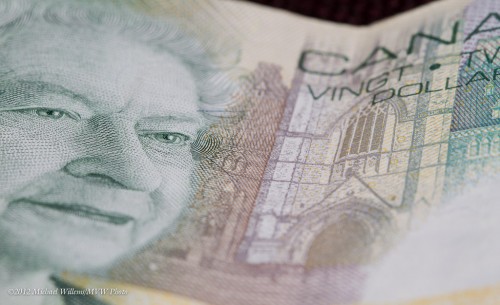I am often asked: “why do you tilt?” in some pictures?
For many reasons, as I have pointed out before here: to get a more dynamic picture; to move the important subject into the Rule of Thirds areas; and so on – but also, very often, for a simple and alomost “pedestrian” reason: Pythagoras.
What I mean is this: the hypotenuse of a right-angle triangle is longer than either of the other sides.
Take a photo: a rectangle with 3:2 ratio of the sides. Pythagoras teaches us that the hypotenuse is the longest line in that square: if the long side is, say, 3 units long, and the short side is 2 units long, then the length of the hypotenuse is the square root of (3 squared plus 2 squared), or the square root of 13, which is about 3.6.
So if the 200-400m f/4 lens a friend was buying does not fit and I can neither zoom out or step back, then I turn my camera diagonally – and now it fits.
Simple, and a very valid reason to turn and tilt. And often, a more dynamic and artistic photo results – and that is added bonus,.
And yes, the sail boat too was a case of deliberate tilt.

